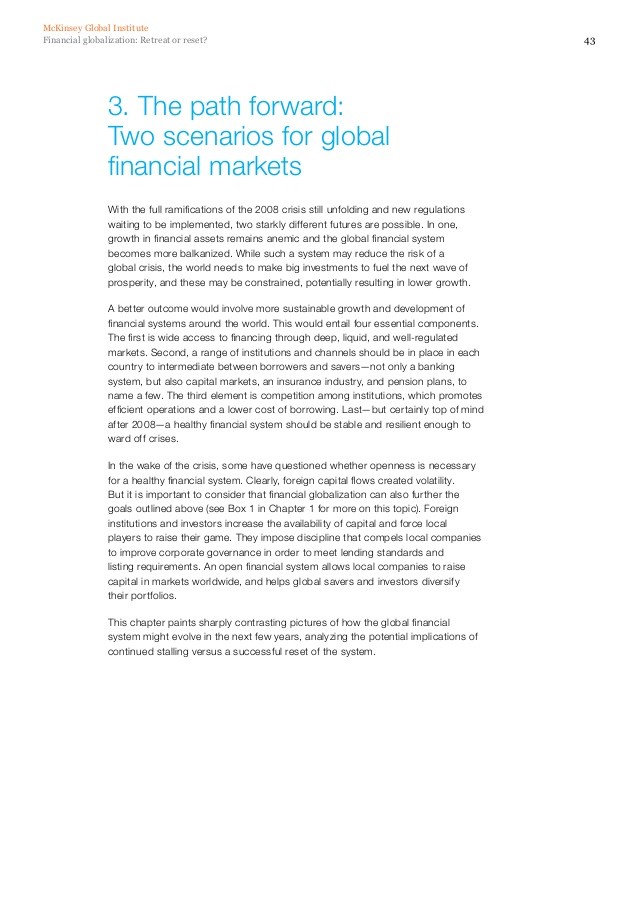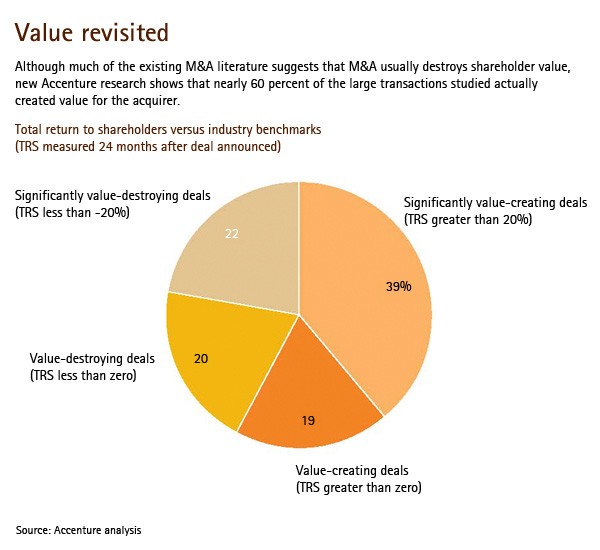The Failure of Relative Valuation Financial Web
Post on: 19 Июль, 2015 No Comment

Relative valuation is a method used to discover low-priced companies with strong fundamentals. It is assumed that while the companies may not be worth much now, they have the qualities that can make them successful in the future. The hope is that the company will earn great profits for anyone who had the foresight to invest in them before they got big. Relative valuation is a relatively simple process. Unfortunately, there are a number of factors that can cause relative valuation to go awry, making it far less reliable than what most investors would be comfortable with.
How Relative Valuation Works
The idea behind relative valuation is fairly simple. In order to determine the true value of the company, investors must compare it with similar companies and see how well it stacks up against them. This is achieved in several steps.
First, investors select a company. Then, they scan the stock markets for companies of similar size that specialize in similar industries in similar locations. In other words, the more similar they are, the better. Once the investors compile a list of similar companies, they take a look at their market values. They can look up those values as any major stock exchange. Then, they convert those values into comparable trading multiples. Trading multiples are ratios that allow investors to compare companies’ market values to their profitability. This can be done in several different ways. They include:
- P/E ratio—the ratio between the company’s market value per share and it’s annual net income. Price-to-book ratio—the ratio between the company’s market value and it’s balance sheet account balance Enterprise-value-to-sales ratio—this ratio between company’s market value plus debt over annual sales

Pitfalls of Relative Valuation
The biggest problem with relative valuation is that it assumes that the lower multiples indicate that the company has potential. It does not recognize that the company could be under-performing due to internal flaws. The flaws could be inferior products, bad accounting, increasing debt, etc. While it is always possible that the company will fix those problems, it is also possible that those problems will only get worse until the company goes bankrupt, leaving investors with worthless stocks.
Another problem with relative valuation is that it the low multiples can reflect true value in an overvalued market. Overvalued markets tend to be newer industries that are seen as more innovative and profitable than they really are. For example, during the dot-com bubble, technology companies were often overvalued because investors assumed that they were the way of the future and that they would continue to earn profits. In situations like this, a low-multiple company is a sign of things to come. While investing in it won’t cause investors to lose as much money as investing in a troubled company, it won’t generate as much profit as the investors hoped for, either.
Addressing the Flaws of Relative Valuation
Investors can avoid suffering loses if they look beyond multiples and do more thorough research on the companies they want to invest in. Rather than simply picking similar companies, they should look at the company’s economic fundamentals. This includes rate of growth, value of debt and cash flow patterns. They should also carefully look at all the values that make up the multiples and research them in context of the company’s financial history.














